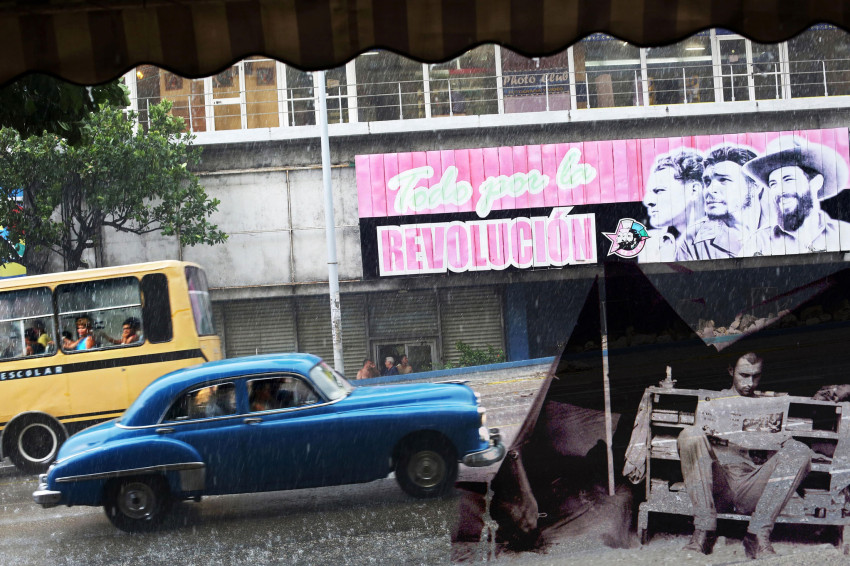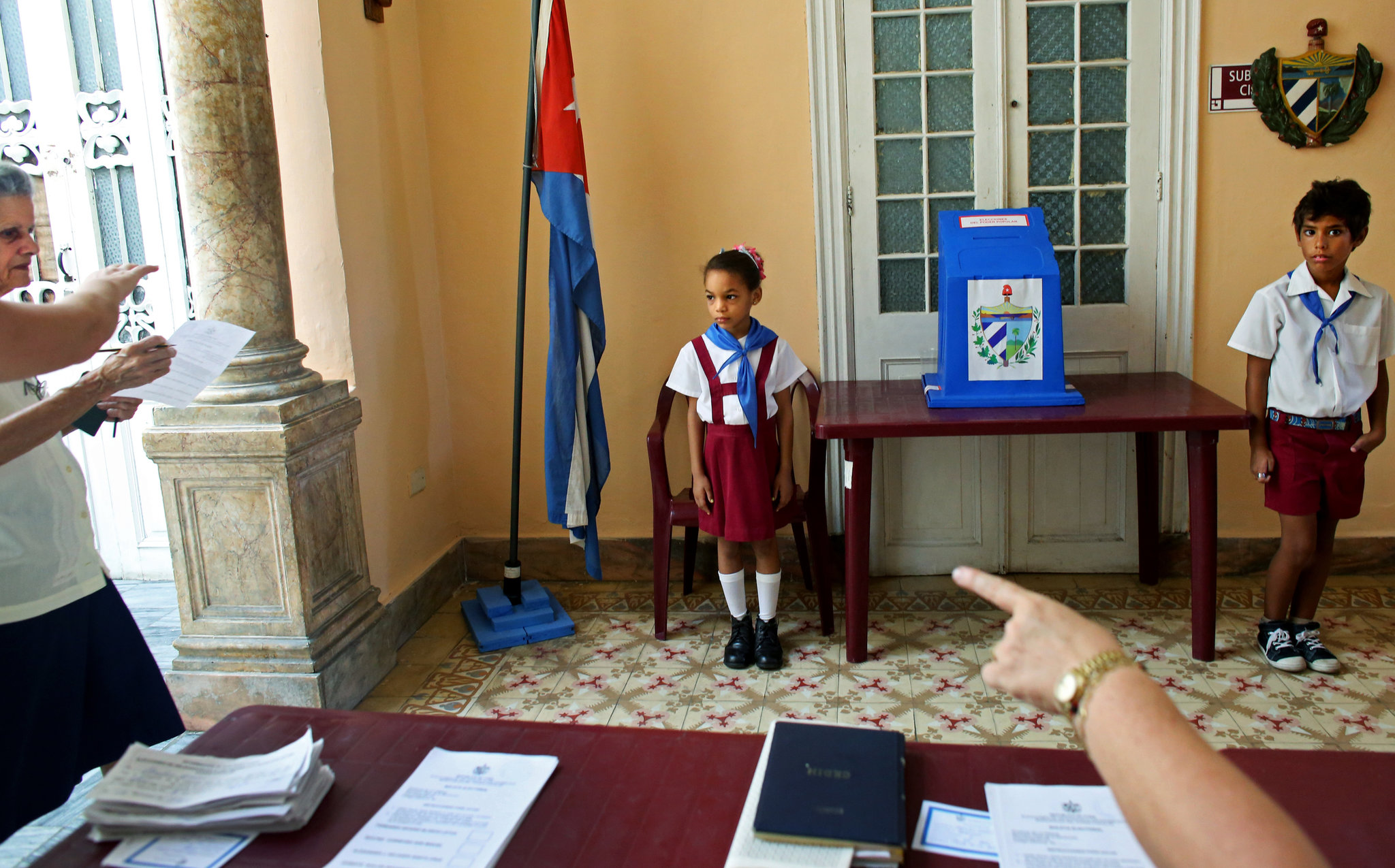
DOUBLE EXPOSURE: CUBA AND BULGARIA
"Cuba, a communist time capsule, drew me in immediately," explains Pulitzer Center photo gallery for National Geographic, Yana takes fraying and faded family photos from pre-1989 Bulgaria and overlays them with images of present-day Cuba, one forlorn communist era juxtaposed on top of another.
"Creating layers in photography is something that has attracted me throughout my career," says Yana. "They have an ability to intensify both style and meaning, whether through luck and journalistic reflex in a single image or through combining multiple frames."
THE BIG THAW
For thousands of years, Alaska's archaeological heritage was safely secured in cold storage, so to speak. Tools, ancient wood structures, even burial grounds have been preserved by the permafrost. But as the planet warms, that heritage is threatened. In a fascinating piece for Smithsonian and Hakai, Pulitzer Center grantee Eli Kintisch reports from Walakpa Bay about efforts to rescue this trove before it all washes away.
Eli profiles archaeologist Anne Jensen, who, for three decades, has tried to find and tell the stories locked in frozen dirt on Alaska's North Slope, the home of the Iñupiat, as they are known today. "But as much as Jensen wishes she could do just that, her most important work on this thawing, eroding land is simply trying to protect what's left of Walakpa, and other vanishing sites, from a warming climate," writes Eli.
"The Arctic coastline is on the front lines of climate change. As the length of time ice stays fastened to it has plummeted, the shoreline here has eroded faster than almost anywhere else in the world," he says. The remains of Iñupiat civilization are being swept out to sea, and Jensen tells Eli, "It's like a library's on fire."
If you are teacher, and you would like to use Eli's reporting in your classroom, click on our Lesson Builder for a lesson plan designed by our education staff. Or you can use the Lesson Builder to design your own, drawing from our growing archive of reporting on climate science and many other topics. It's easy to use—and it's free.
THE EYES HAVE IT
A remarkable 5 percent of Sri Lanka's population has signed up to donate their eyes after death. As Pulitzer Center grantee Ross Velton explains in this video and story for the BBC Magazine, this makes the island nation one of the world's leading suppliers of donated corneas, the transparent front layer of the eye.
"There are enough eyes for Sri Lankan patients, with plenty left over to be sent abroad," says Ross.
Buddhist monks have played a key role in encouraging donations and teaching people to see them as an act of giving, or "dana", that will help them to be reincarnated into a better life. As one university student tells Ross as she fills out a donor form at Sri Lanka's National Eye Bank, "If I donate my eyes in this life, I'll have better vision in my next life."
GETTING THE STORY OUT
At a gathering of some 4,000 health professionals and academic researchers for the 2016 International Conference on Family Planning in Indonesia last week, four Pulitzer Center grantees—Ameto Akpe, Ana Santos, Laura Bassett and Jennifer Gonzalez—spoke about the importance of thoughtful stories with broad audience appeal and strategic reach. The panel was moderated by grantee Jina Moore.
For our grantees, the conference was also an opportunity to learn from experts and share their findings. Laura produced a timely piece for Huffington Post on how the alarming spread of the Zika virus is likely to result in many unsafe abortions and another on how drone technology might be used to deliver contraceptives to women in rural Africa. Ameto, meanwhile, surveyed the maternal health landscape in Nigeria for Frontiers News.
CULTIVATING A COMMUNITY
Students from the Inspired Teaching Public Charter School, one of our D.C. education partners, have been working on a photography project inspired by double exposure portraits by Pulitzer Center grantee Daniella Zalcman and her photo collaboration The Empathy Gap Project.
We'll exhibit the students' photography here at the Pulitzer Center on Thursday, February 4 at 6:00pm. Several students will also speak about their work. This event is free and open to the public; RSVP here.
Until next week,
Tom Hundley
Senior Editor





